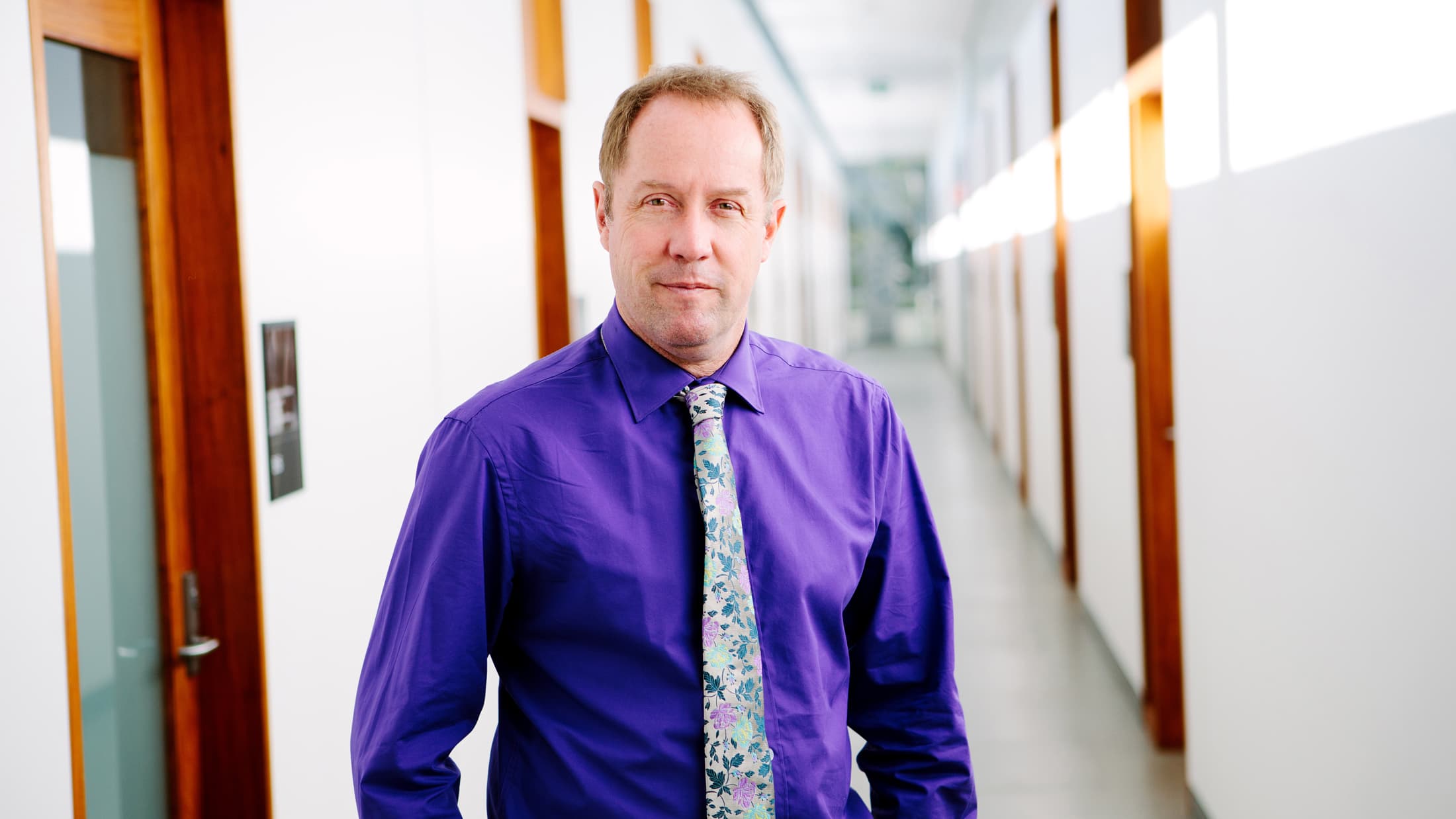TERN Australia is pleased to announce that Professor Hugh Possingham FAA is the new Chair of its TERN Advisory Board.
Prof. Possingham is the current Chief Scientist of Queensland and was formerly Chief Scientist of The Nature Conservancy. Elected to the Australian Academy of Science in 2005, Prof. Possingham was the first Australian to be elected a fellow of the Ecological Society of America, and in 2016 he was elected as a foreign associate of the USA National Academy of Sciences.
Prof. Possingham takes over from Lyn Beazley AO FAA FTSE FACE CIE (Aust), WA Australian of the Year 2015 and former WA Chief Scientist. Lyn has been Chair for the past four years, a period during which TERN has consolidated its monitoring, surveillance and data facilities into an integrated world-leading continental-scale observatory.
Prof. Possingham joins TERN at a time when environmental issues are becoming increasingly mainstream. The social and physical environments in which the TERN is operating are rapidly changing. At one end of the spectrum, COVID-19, climate change and extreme events create an uncertain landscape, challenging nearly every organisation in the world. At the other end, there are new opportunities for TERN to create a bigger impact from its continental-scale ecosystem data by contributing into significant global programs that aim to achieve new insights into the cumulative impacts of development decisions from local to global scale.
The outstanding contributions and leadership of the out-going Chair, Lyn Beazley AO, are being recognised in the renaming of TERN’s successful bimonthly webinars to become the Lyn Beazley AO Ecosystem Observations Webinar Series.
TERN is Australia’s national ecosystem observatory, funded under the Australian Government’s research infrastructure NCRIS grant and grants from the state governments of Qld, WA, SA, and NSW. It is hosted at the University of Queensland and its purpose is to monitor environmental changes over time across the continent through remote sensing, automated sensors and field survey teams, making the data openly available for research.







